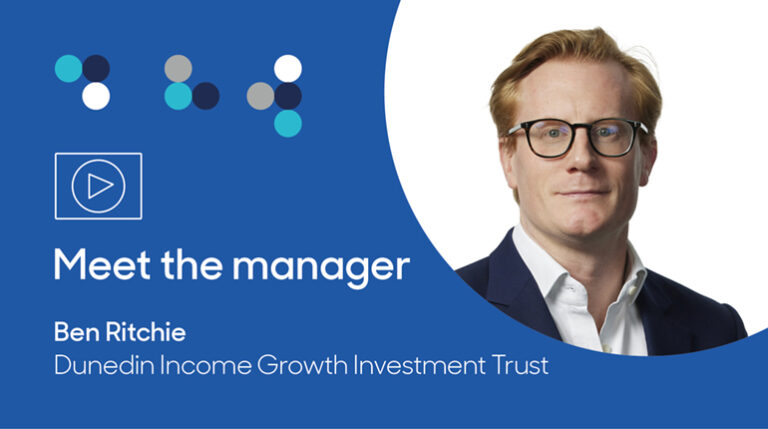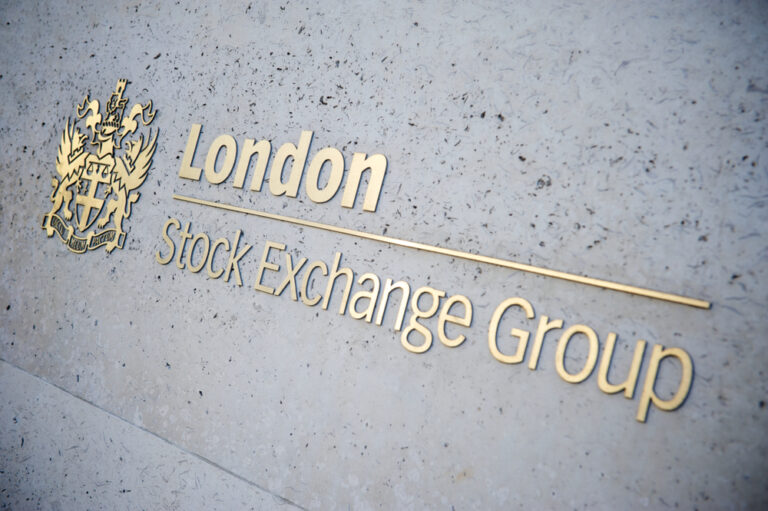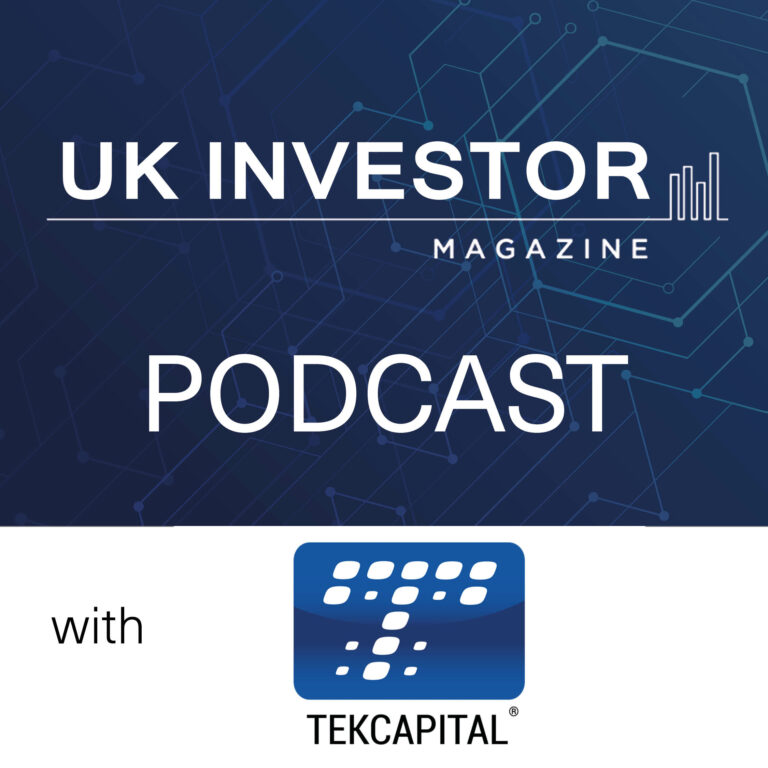Late yesterday, Nativo Resources (LON: NTVO) announced it is raising £400,000 at 0.45p/share. Each share comes with a warrant exercisable at 0.45p/share. The funds will be used to progress the Tesoro gold concession in Peru. The share price recovered 22.4% to 0.55p.
Arecor Therapeutics (LON: AREC) announced a co-development agreement with US insulin device company Sequel MedTech for AT278, which enables longer-wear and miniaturised automated insulin delivery systems. Up to $1.3m will be committed to fund development work for a phase 2 trial. Arecor Therapeutics has generated funding by selling royalty right and milestone and technology fees for two other products. The initial payment is $7m with $4m more if milestones are achieved. Cash was £1.9m at the end of June 2025. The cash should last until the first half of 2027. The share price increased 19.3% to 86.5p.
Daniel J Holliday has sold his 4.2% stake in Light Science Technologies (LON: LST). The share price rose 14.1% to 4.05p.
Nevada-focused exploration company Great Western Mining (LON: GWMO) had €1.24m in cash at the end of June 2025. There should be further news upcoming from drilling at West Huntoon, with more drilling planned to validate surface anomalies, and maiden results from gold drilling at the Olympic project. Initial tungsten exploration has commenced. There are funding discussions for to commission the Western Milling tailings mill and seeking joint venture partners for copper projects. The share price improved 19.2% to 1.55p.
FALLERS
Proteome Sciences (LON: PRM) reported a reduction in interim revenues from £2.22m to £1.86m due to lower reagent sales and royalties. Uncertainty in the US life sciences market has hit demand and this will continue into the second half. The share price dived 44.5% to 1.755p.
Bradda Head Lithium (LON: BHL) has entered a short-term loan facility of $500,000 with Galloway. This can be drawn down at the request of the company, and it lasts for one year. The share price fell 26.6% to 1.05p.
Trading has been slower than expected at electricals retailer Marks Electrical (LON: MRK) with a weak second quarter. The operational gearing means that profitability will be hit. Canaccord Genuity expects a small loss this year before a recovery to £900,000 next year. There will be a decision on the dividend at a later date. The share price slipped 21% to 49p.
Medical device developer Polarean Imaging (LON: POLX) reported a 45% drop in interim revenues to $600,000, which was well below expectations of $1.5m. There was a lack of polariser orders from US hospitals and research organisations. Full year revenues guidance has been cut and Stifel reduced its forecast from $5.4m to $2.5m. There are $1.2m of orders for the second half. Revenues could double in 2026. Cash could reduce to $3.5m at the end of 2025. The share price declined 17.4% to 0.475p.
Ex-dividends
Alumasc (LON: ALU) is paying a dividend of 7.6p/share and the share price fell 7.5p to 342.5p.
Advanced Medical Solutions (LON: AMS) is paying a dividend of 0.85p/share and the share price slipped 7.25p to 215.75p.
Central Asia Metals (LON: CAML) is paying an interim dividend of 4.5p/share and the share price edged down 2.8p to 153p.
Duke Capital (LON: DUKE) is paying a dividend of 0.7p/share and the share price declined 0.75p to 29.25p.
Eleco (LON: ELCO) is paying an interim dividend of 0.35p/share and the share price is unchanged at 148.5p.
Fevertree Drinks (LON: FEVR) is paying an interim dividend of 5.97p/share and the share price is 12p lower at 881p.
FIH Group (LON: FIH) is paying a dividend of 75.5p/share and the share price declined 50p to 260p.
Fletcher King (LON: FLK) is paying a final dividend of 2.25p/share and the share price decreased 2p to 39.5p.
Fintel (LON: FNTL) is paying an interim dividend of 1.3p/share and the share price fell 1.5p to 237.5p.
FRP Advisory (LON: FRP) is paying a dividend of 1p/share and the share price moved down 1.5p to 147p.
Hargreaves Services (LON: HSP) is paying a final dividend of 18.5p/share and the share price dipped 17p to 747p.
Ingenta (LON: ING) is paying an interim dividend of 1.75p/share and the share price fell 1.25p to 72.25p.
Personal Group Holdings (LON: LGH) is paying an interim dividend of 8.2p/share and the share price dipped 18p to 314p.
System1 (LON: SYS1) is paying a dividend of 11p/share and the share price fell 15p to 255p.
Wynnstay Group (LON: WYN) is paying an interim dividend of 5.7p/share and the share price is unchanged at 370p.










